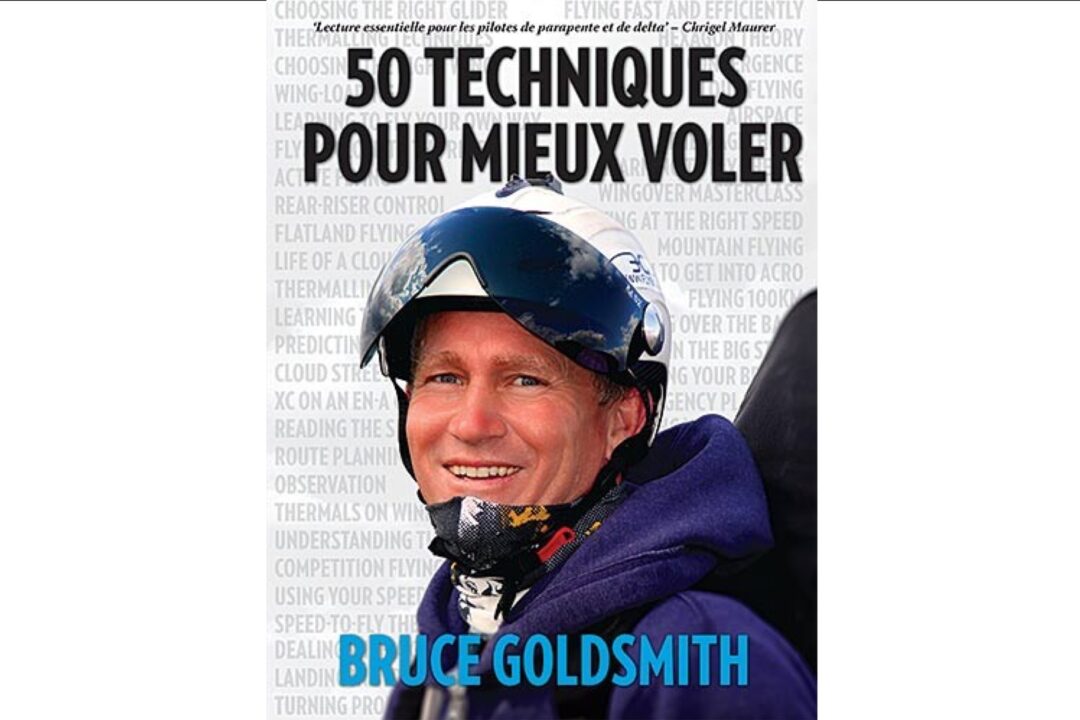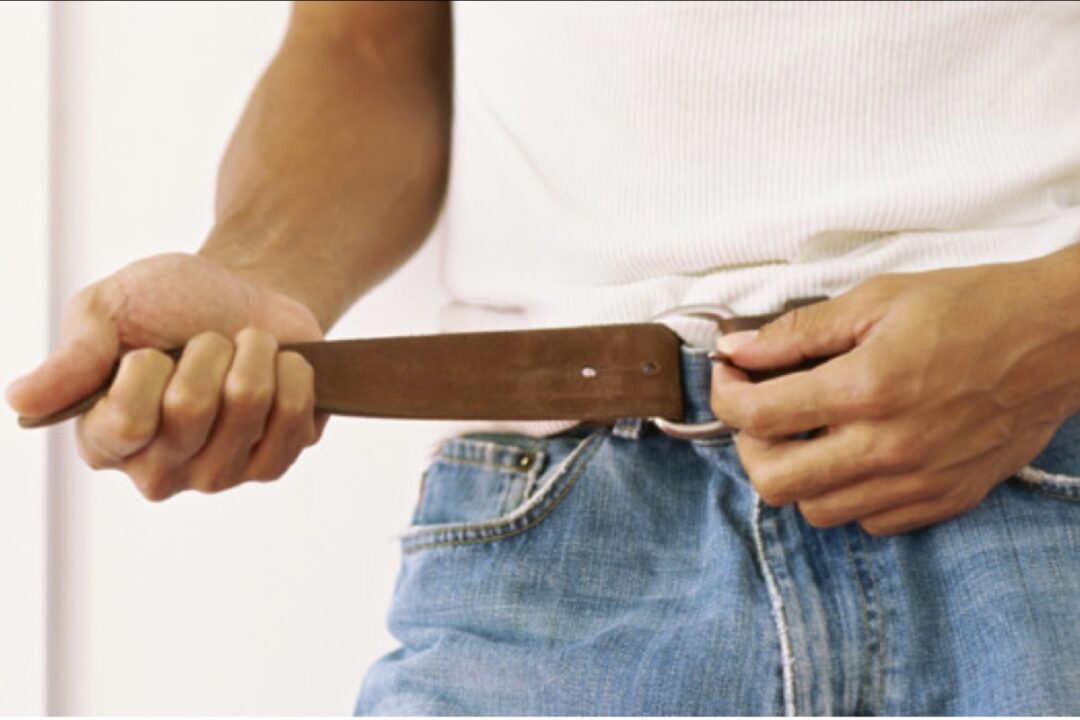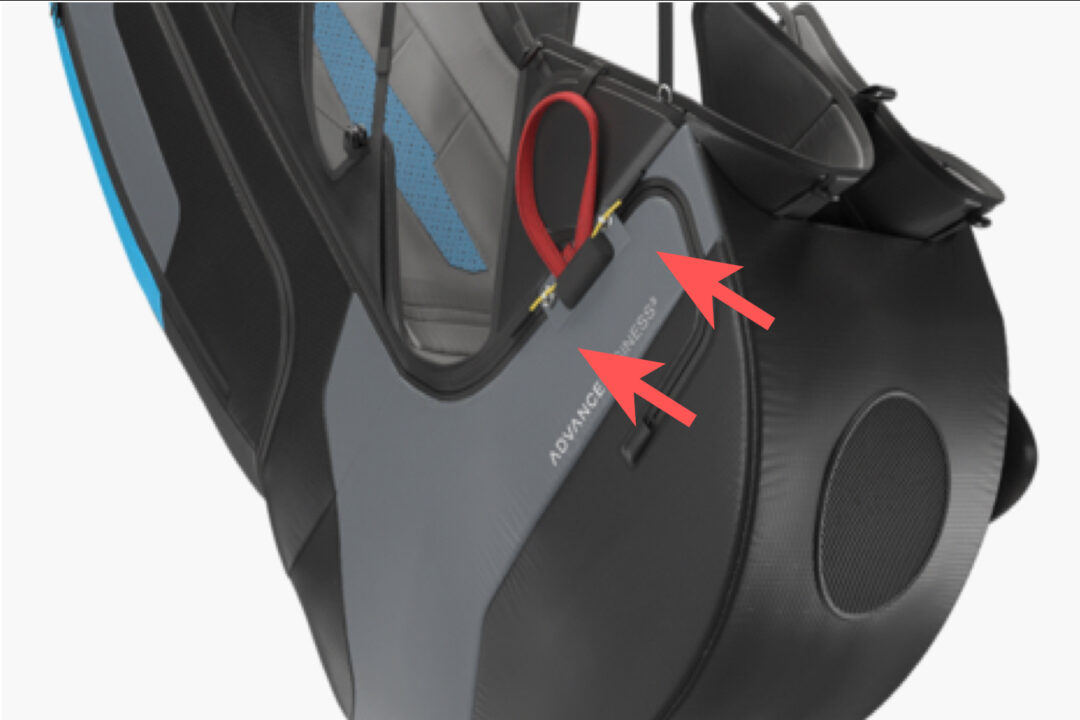The harness is your interface with the glider and the air mass. It is an essential element for your comfort, performance and safety!
The size
First of all, it has to be the right size for you. To get the best support, it should be the biggest size possible that doesn’t make you feel uncomfortable
- underarms
- under the knees.
The inclination of the back
This is the most important adjustment. We recommend that you start by tightening the side adjustments to get the straightest position possible, then gradually loosen until you find the most comfortable position that allows you to be active.
Indeed, you are not in a hammock on a beach or near a nap in your living room !
You are concentrated, ready to react. If your setting is too low, you will spontaneously straighten up in flight and stop leaning on the backrest, which is tiring and a bit silly…
Shoulder straps (braces)
There is a tendency to want to tighten them as soon as you get into the harness, but these straps often do not provide any upper back support as they are connected to the carabiner hooks, which are located much lower than the shoulders!
The shoulder straps give a feeling of security because you feel “held”. In reality they are there to prevent you from sliding out of the harness if you end up upside down! It is only when you accelerate that your shoulders come to rest on these straps.
At the end of the adjustment, you just have to make sure that the shoulder straps are slightly slack, leaving a few centimetres of play so that you can move a little.
The leg straps
The straps should be tightened, leaving a few centimetres of play. If the straps go around the thigh, they should be pushed down before taking off. The aim is to prevent the harness from riding up the pilot’s back during the take-off run. It is very difficult or impossible to sit correctly if you are “hanging” lower than the seat surface.
Slightly taut leg straps also prevent the pilot from sliding out of the seat when approaching the landing, which is uncomfortable in the crotch area.
Adjusting the front of the seat
If present, this slightly taut setting prevents sliding out of the seat when approaching the landing. If it is too tight, it can make it difficult to get into the seat…
On a cocoon harness, this too tight setting can alter the blood circulation of the thighs and cause pain during long flights !
Lower backrest adjustment
Camber or round back, it’s up to you!
On most harnesses, this is a personal adjustment that only affects your comfort. But comfort is also an element of performance and safety!
Speedbag (cocoon) or footrest adjustment
The Cocoon is a fabric-covered footrest to prevent draughts!
The length of the footrest or main cocoon setting is adjusted (it is often split top and bottom). It should be noted that the position of the buttocks at the bottom of the harness can vary by a few centimetres, which can make a big difference in comfort, especially if you feel squeezed by the straps at the head of the femur.
You can push yourself up on your toes to simulate a shorter setting. This helps to reduce the amount of trial and error in finding the perfect length setting.
Depending on the model of cocoon, you can adjust the angle of the legs with specific straps and lines:
- not too much downwards, which increases the drag
- not too much upwards, which blocks the view !
The complete adjustment of a cocoon harness takes over an hour!
IMPORTANT: waist strap
The adjustment of the chest strap is very important for your safety as it affects the behaviour of the glider.
It is the subject of a specific article.
See the link below.




